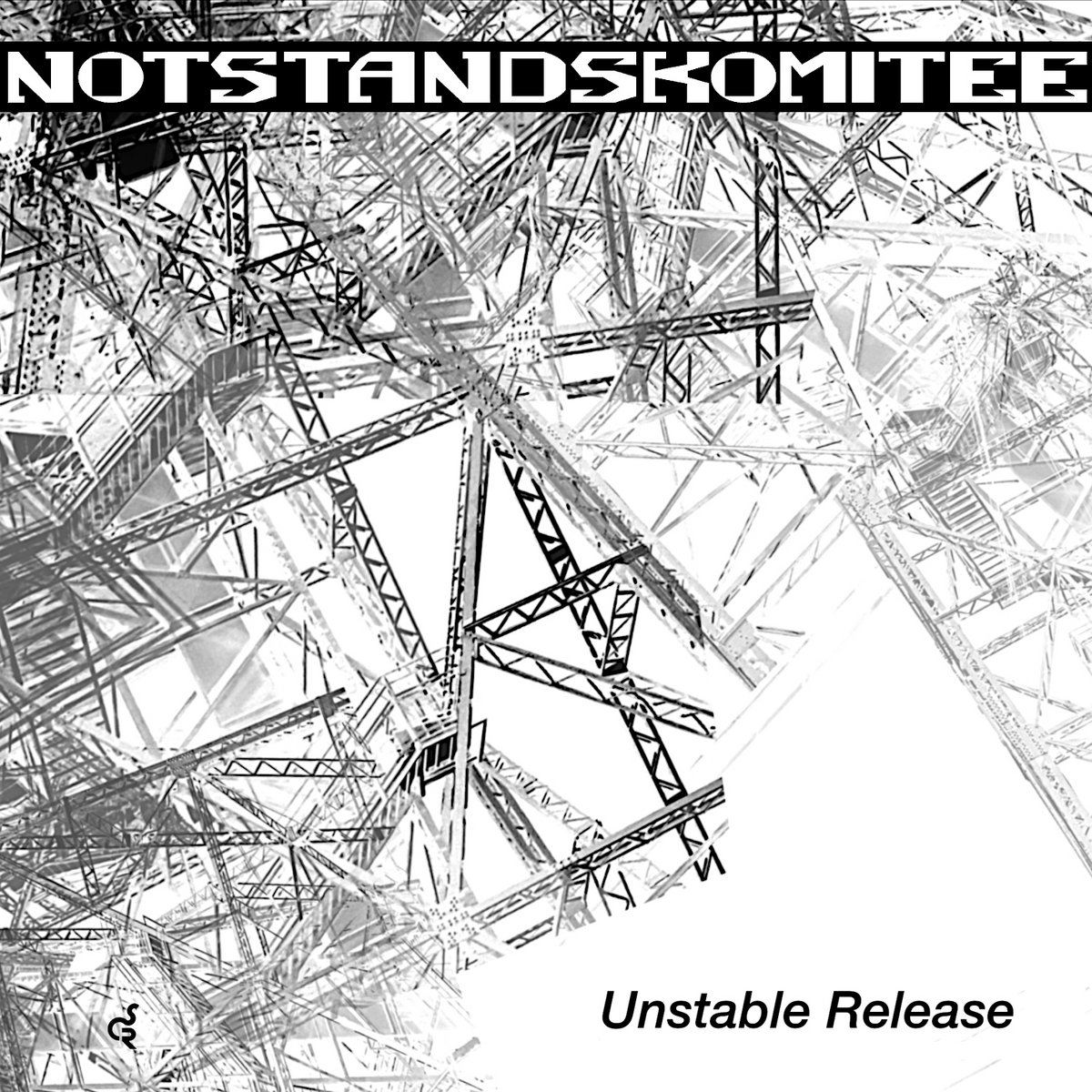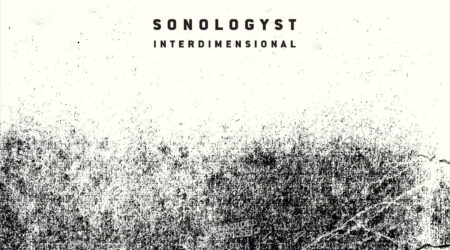Notstandskomitee – Unstable Release [Subcontinental Records]
Veteranship is often a virtue, but if we refer to any music scene, from the most decent to the most unworthy, we can obtain different interpretations. Many artists tend to settle in and do not regenerate their style or do not adapt to new sounds or new derivations of musical genres, while many others continually renew themselves and get used to constant changes, both musical and technological.
Malte Steiner released his first releases in the early 1990s, however, it was during the previous decade that he was formed and started in electronic music, therefore, we are talking about an artist who is nearing 4 decades of creative development. In 1989, the Danish-based German producer founded Das Kombinat together with Andrea Pritschow, a duo that he also combined in parallel with his solo project Notstandskomitee. Both were oriented from the beginning to the industrial sound, but this style mutated as the years went by, the sound mutated and the way of working also changed, updating to the recent technological era.
This transformation was already visible with his second solo project. Elektronengehirn started at the end of the 20th century and already then showed a considerable change with experimental textures created for a different purpose and for a different kind of stimuli. The current sound of Notstandskomitee is indicative of their expansion and their ability to renew themselves. The industrial sound gradually gave way to an electronic and IDM-like style with which he can be perfectly associated today.
Malte Steiner has recently signed an album with the Indian label Subcontinental Records. Unstable Release is Notstandskomitee’s latest creation, and as usual in all of his work it features a great array of tracks. Overwhelming Data is the opening track of the LP. On a first listen we can appreciate the qualities of a release based on advanced electronica, on this occasion it is worth highlighting firstly its polyrhythmic aspect and two harmonic arguments confronted by the delicacy and beauty of the pad and the despotism of the synth line that relieves it. Handshake Protocol continues with a complex metric, lowered to the background for a large part of the track by the large number of robotic samples that appear, an excellent resource for all lovers of technological sounds. The Nature Of Affirmative Action can be placed in a setting close to electro, with a stable rhythmic structure, with minimal alterations, a static bass and other melodic elements that alternate. Passive Radio Frequency Identification is perfect to describe Notstandskomitee’s style because we see how the author is able to elaborate a track with a very basic and poor rhythm, to which he adds a multitude of details to complement it.
Lenkberechtigung follows a similar line to the previous track, electronic sound with a quite simple rhythmic structure that in the first bars seems to predominate over the rest but, ends up diluting as different harmonic motifs emerge. Denial is an abstract track, a methodical mess with an anarchic metric and a certain level of tension created by its harmonic conjugation. Intended Audience is wrapped under a tangle of degraded particles, its percussive components the only thing that holds firm and even gains dynamism when a bass line with a binary metric sporadically appears. With The Last Storm, Notstandskomitee resurrects its industrial past, despite the fact that we are listening to a track with a completely electronic sound, both the tonality used in its melody and its rhythmic configuration evoke this genre.
If we had to define Sliced Bread with only one adjective, it would surely be ‘hesitant’, for its capacity to generate movement in a witty way. Data Diode continues the same flow, with electronic breaks that heighten the activity of every particle of our organism. With Response Control, Notstandskomitee also chooses to give more weight to the beat with a somewhat peculiar distribution, as it is optimised to create an erroneous feeling of disorientation, but in addition, this track is nourished by other unpredictable resources and a couple of synth lines that act more naturally. Collective Relative Deprivation is a new approach to electro that shifts from the naivety of its initial character to a dense evolution, with an imposing bass and a successful mix of melodic fragments.
Multiplexer is a track that moves by impulses, with two rhythmic parts differentiated between randomness and linearity but, as with each of the works on this album, it feeds back on innumerable molecules until it loses its primary condition. With Totmannschalter, Malte Steiner opts for a mixture of irradiated textures that spontaneously manifest and fade away. Detector details this artist’s ability to manoeuvre with limitless resources and his great talent for grouping them together in a single track despite the great rhythmic disparity between them. Energy Beast is the last track on the album and as its name suggests it is really invigorating, however, unlike most tracks, we can only distinguish a constant rhythm and a single restless, continuously modulated synth line.
Release date: April 2nd, 2021.











Deja una respuesta
Lo siento, debes estar conectado para publicar un comentario.